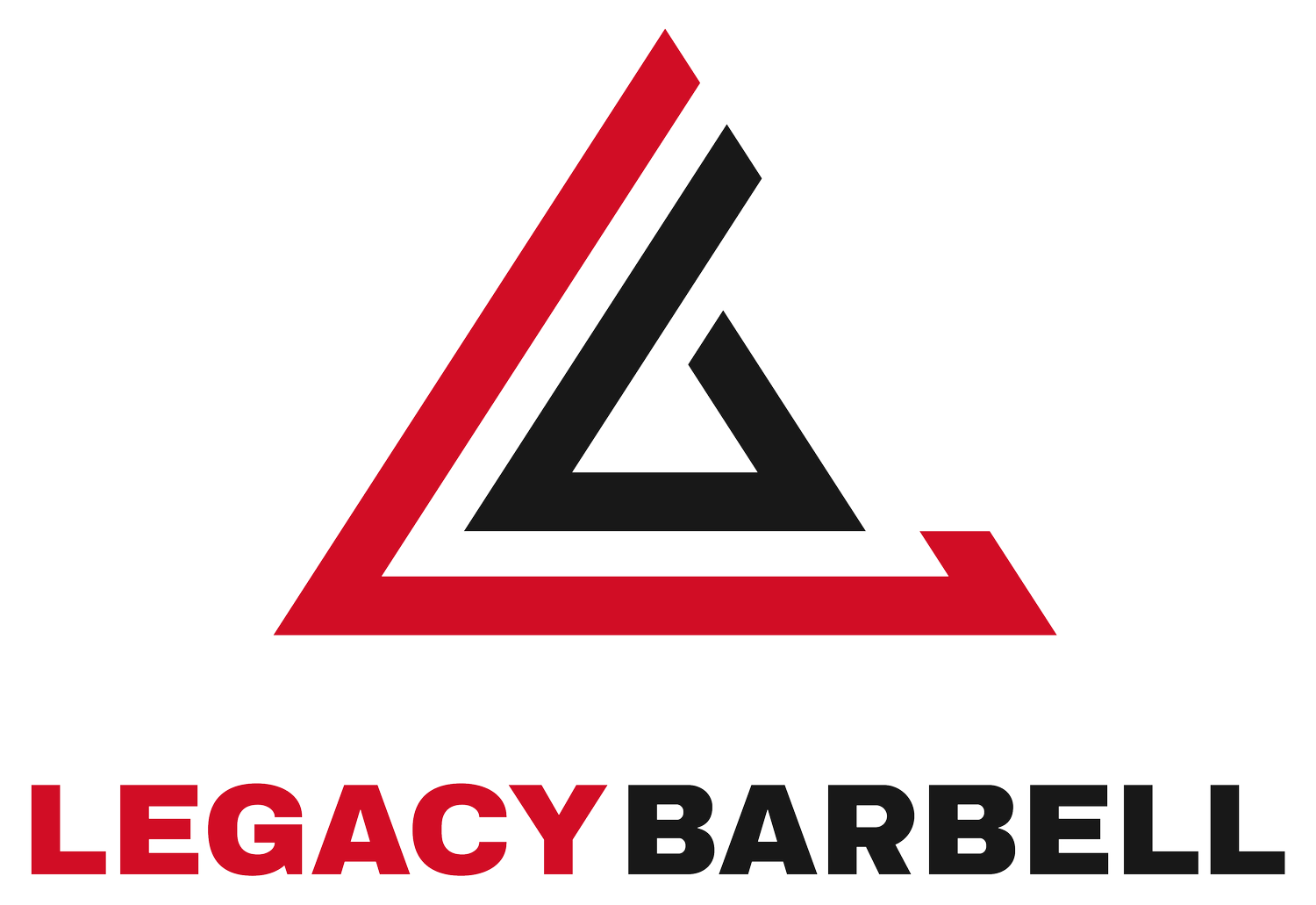Barbells vs. Free Weights: a strong debate Strength Training Debate
In the world of strength training, few topics spark as much debate and discussion as the comparison between barbell training and free weights. Both are revered for their effectiveness in building muscle, strength, and overall fitness, yet each has its unique attributes and proponents. In this exploration, legacy barbell dissects the nuances of barbell training versus free weights, shedding light on their respective benefits, drawbacks, and the ideal scenarios for each.
Precision and Control:
Barbell Training: Barbells offer a level of precision and control unparalleled by other forms of resistance training. The fixed, straight bar allows for uniform distribution of weight, enabling precise movements and optimal muscle engagement. This stability is particularly advantageous for compound exercises such as squats, deadlifts, and bench presses, where maintaining proper form is paramount for safety and effectiveness.
Free Weights: Free weights, on the other hand, provide a greater degree of freedom and range of motion. Dumbbells, kettlebells, and other free weights require greater stabilization and coordination, engaging stabilizer muscles and promoting balanced strength development. While this versatility can be beneficial for unilateral exercises and functional training, it may also increase the risk of injury if proper form is not maintained.
Progressive Overload:
Barbell Training: The barbell's ability to incrementally load exercises makes it an ideal tool for progressive overload—the gradual increase in resistance to stimulate muscle growth and strength gains. With the addition of weight plates, lifters can systematically increase the load on barbell exercises, facilitating continuous progression and adaptation over time. This principle lies at the heart of effective strength training, making barbells a cornerstone of progressive resistance training programs.
Free Weights: While free weights also allow for progressive overload, their versatility may present challenges in maintaining consistency and accuracy in load progression. Without the convenience of fixed weight increments, lifters may find it more challenging to track progress and adjust resistance accordingly. However, the dynamic nature of free weights can offer unique benefits in terms of functional strength, coordination, and proprioception.
Muscle Engagement and Activation:
Barbell Training: Barbell exercises are renowned for their ability to target multiple muscle groups simultaneously, making them highly efficient for full-body workouts. Compound lifts such as squats, deadlifts, and rows engage large muscle groups like the quadriceps, hamstrings, glutes, back, and core, promoting balanced strength development and functional movement patterns. Additionally, the stability provided by the barbell allows for heavier loads, further stimulating muscle growth and strength gains.
Free Weights: Free weight exercises require greater stabilization and coordination, leading to increased muscle activation and engagement. By challenging the body's stabilizer muscles, free weights promote balanced strength development and enhance functional movement patterns. Additionally, the variable resistance provided by free weights can lead to greater muscle recruitment and activation compared to fixed machines or barbells.
In the debate between barbell training and free weights, there is no clear winner—both modalities offer unique benefits and advantages depending on individual goals, preferences, and circumstances. Barbells excel in providing stability, precision, and progressive overload, making them ideal for compound lifts and strength-focused training programs. On the other hand, free weights offer greater versatility, range of motion, and muscle engagement, making them valuable tools for functional training and balanced strength development. Ultimately, the best approach is to incorporate a combination of barbell and free weight exercises into your training regimen, capitalizing on the strengths of each to achieve optimal results in strength, muscle growth, and overall fitness.
